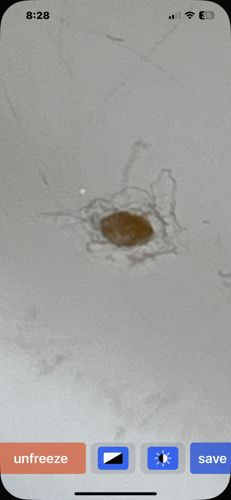Bed Bug Egg / Nymph
Scientific Name: Cimex lectularius (for common bed bug)
Order & Family: Hemiptera (Order), Cimicidae (Family)
Size: Eggs are about 1 mm (0.04 inches) long; nymphs range from 1.5 mm to 4.5 mm (0.06 to 0.18 inches) depending on instar.

Natural Habitat
Primarily indoors, within mattresses, bed frames, furniture, cracks, crevices, and other sheltered areas close to human or animal hosts.
Diet & Feeding
Blood (hematophagous). They feed on the blood of warm-blooded animals, primarily humans, but also pets and birds.
Behavior Patterns
Nocturnal feeders, hiding during the day. Eggs are glued to surfaces. Nymphs hatch from eggs and go through five instars (stages) before becoming adults, requiring a blood meal to molt between each stage.
Risks & Benefits
Risks: Bed bugs are considered a nuisance pest. Their bites can cause itchy welts, skin irritation, and allergic reactions in some individuals. Heavy infestations can lead to anxiety, stress, and sleep deprivation. While they are not known to transmit diseases to humans, their presence is distressing. Benefits: None to humans or the ecosystem; they are considered purely parasitic.
Identified on: 10/24/2025